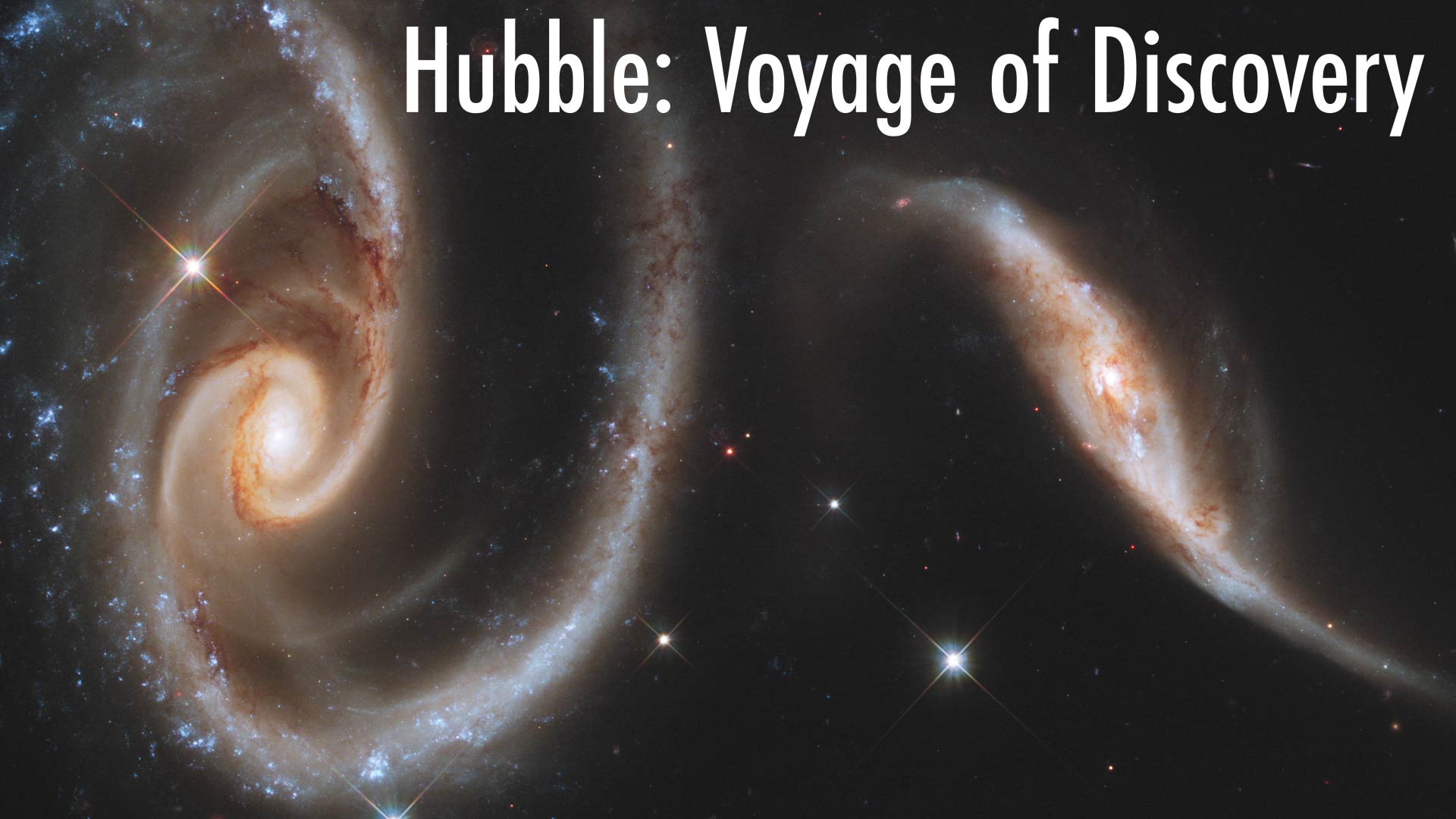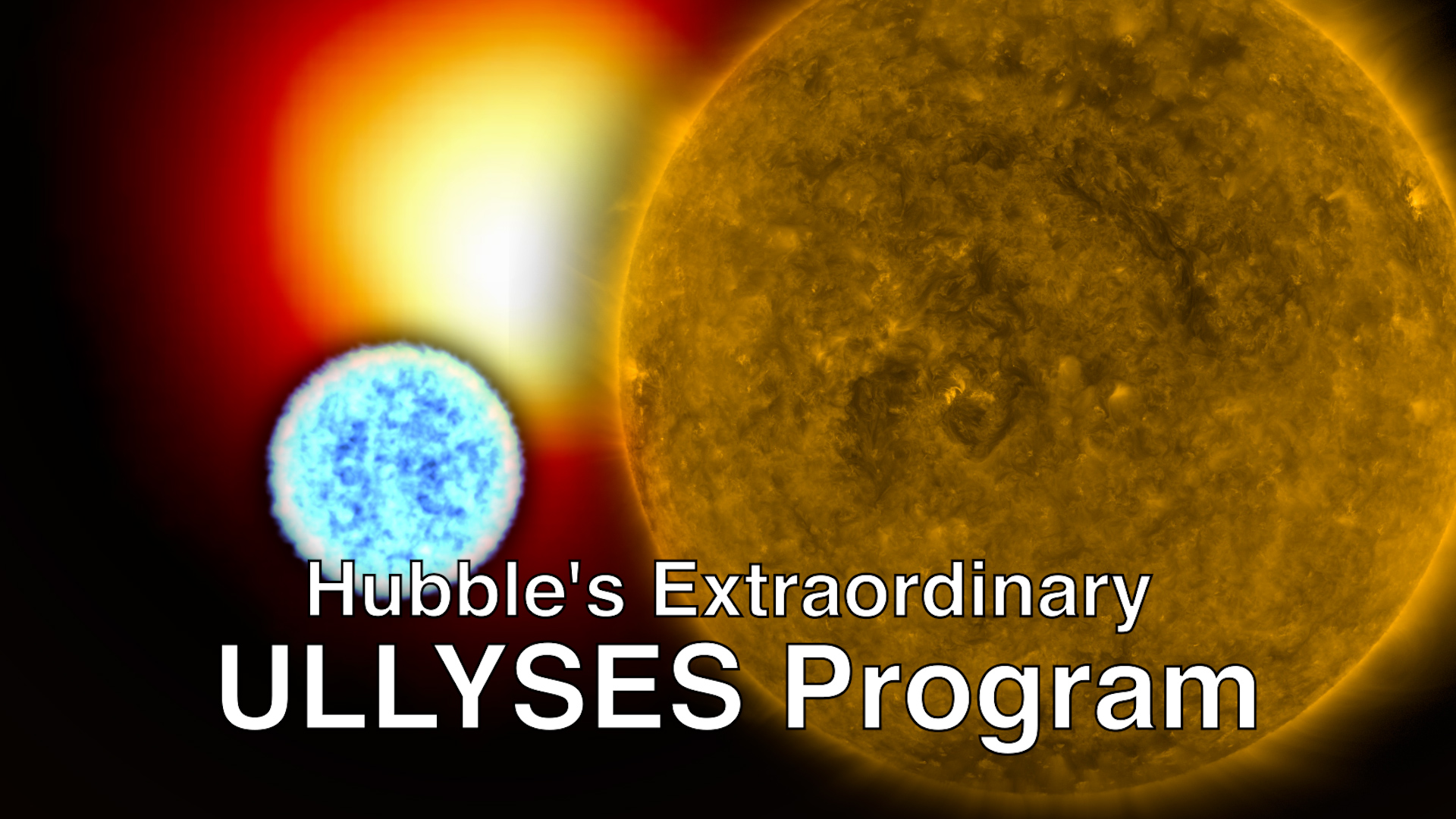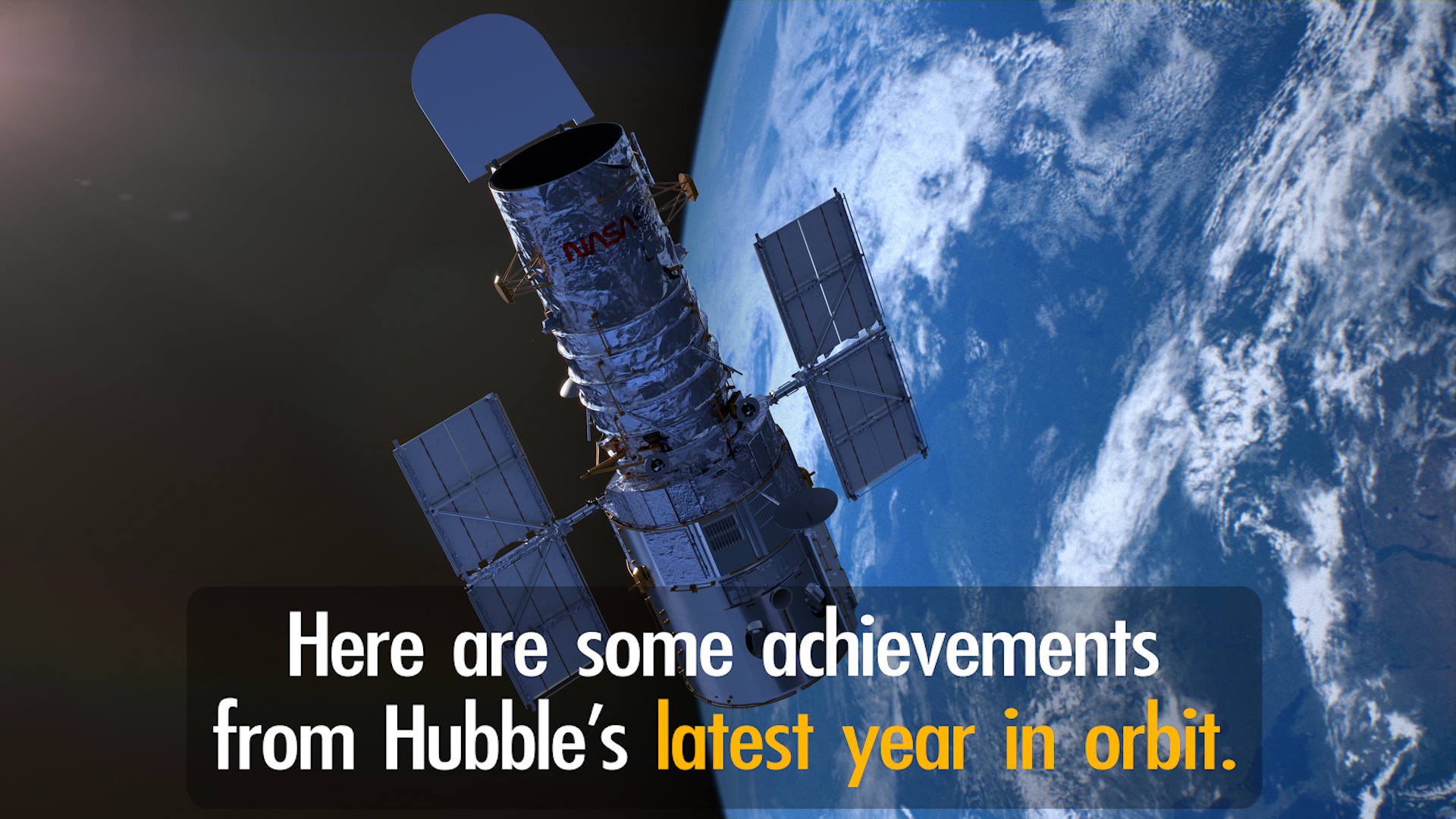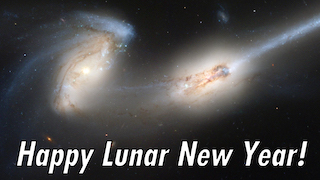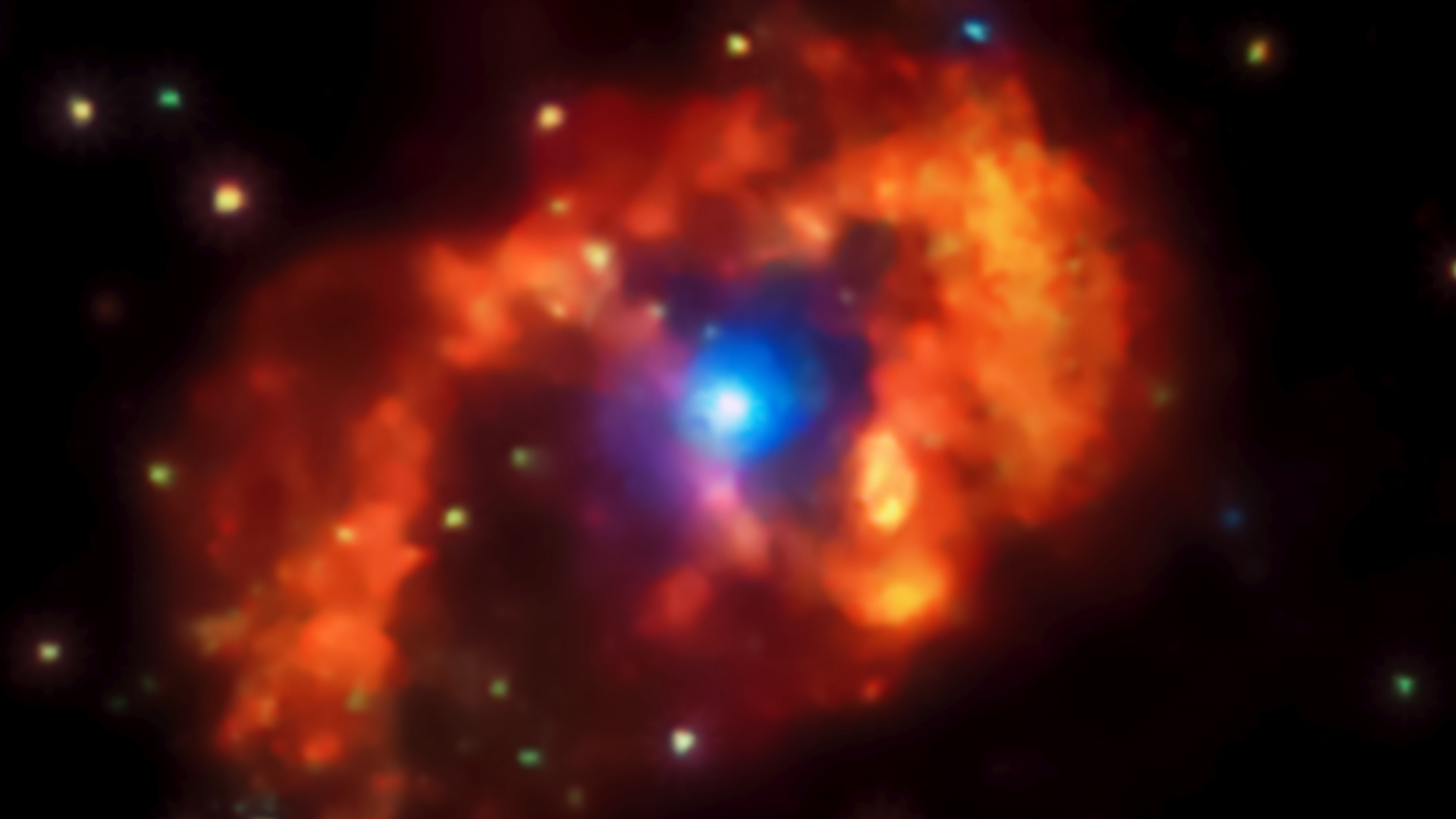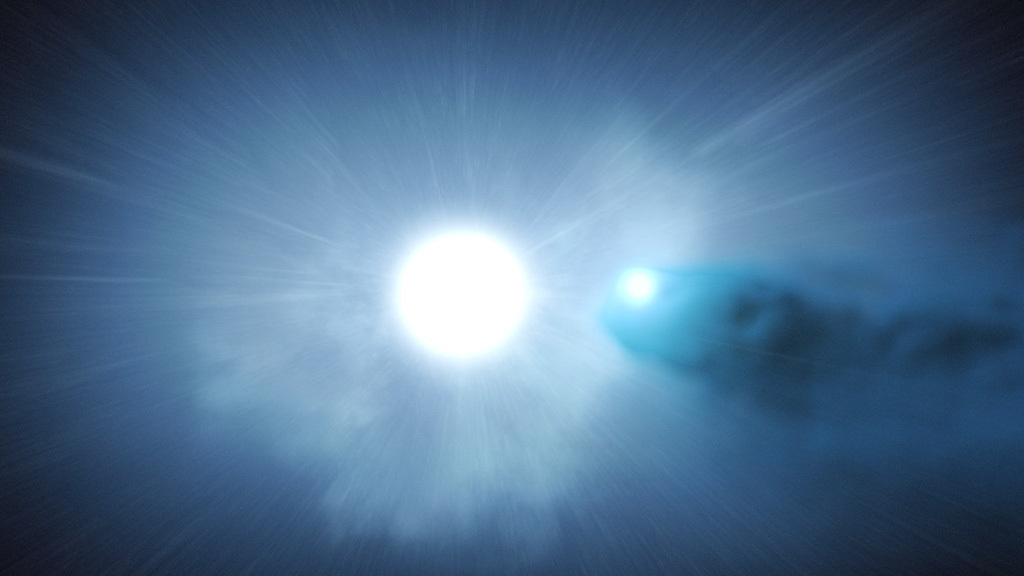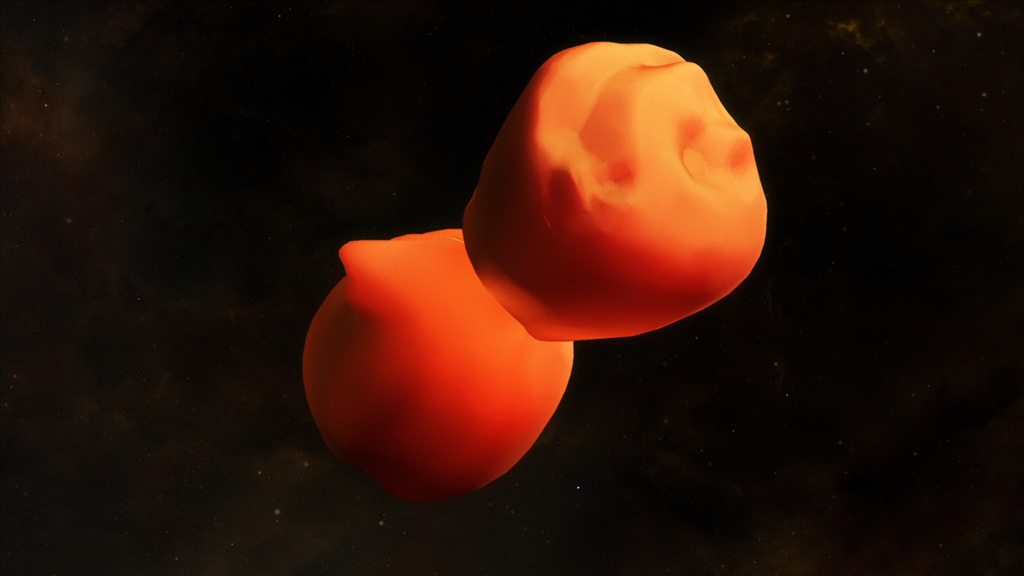Hubble’s Brand New Image of Eta Carinae
In the mid-1800s, mariners sailing the southern seas navigated at night by a brilliant star in the constellation Carina. The star, named Eta Carinae, was the second brightest star in the sky for more than a decade. Those mariners could hardly have imagined that by the mid-1860s the brilliant orb would no longer be visible. Eta Carinae was enveloped by a cloud of dust ejected during a violent outburst named “The Great Eruption.”
Because of Eta Carinae's violent history, astronomers have kept watch over its activities. Although Hubble has monitored the volatile superstar for 25 years, it still is uncovering new revelations. Using Hubble to map the ultraviolet-light glow of magnesium embedded in warm gas, astronomers were surprised to discover the gas in places they had not seen it before.
For more information, visit https://nasa.gov/hubble
Credit: NASA's Goddard Space Flight Center/Paul Morris.
Music credits: "Transcode" by Lee Groves [PRS], and Peter George Marett [PRS]; Killer Tracks Production Music
Master Version
Horizontal version. This is for use on any YouTube or non-YouTube platform where you want to display the video horizontally.
Square Version
This is a square 1:1 version of the video designed for Facebook or any other platform where you want to display a full-length square version of the video.
Vertical Version
This vertical version of the episode is for IGTV or Snapchat. The IGTV episode can be pulled into Instagram Stories and the regular Instagram feed.
Credits
Please give credit for this item to:
NASA's Goddard Space Flight Center
-
Producer
- Paul R. Morris (USRA)
-
Technical support
- Aaron E. Lepsch (ADNET Systems, Inc.)
Release date
This page was originally published on Monday, July 1, 2019.
This page was last updated on Wednesday, May 3, 2023 at 1:45 PM EDT.
